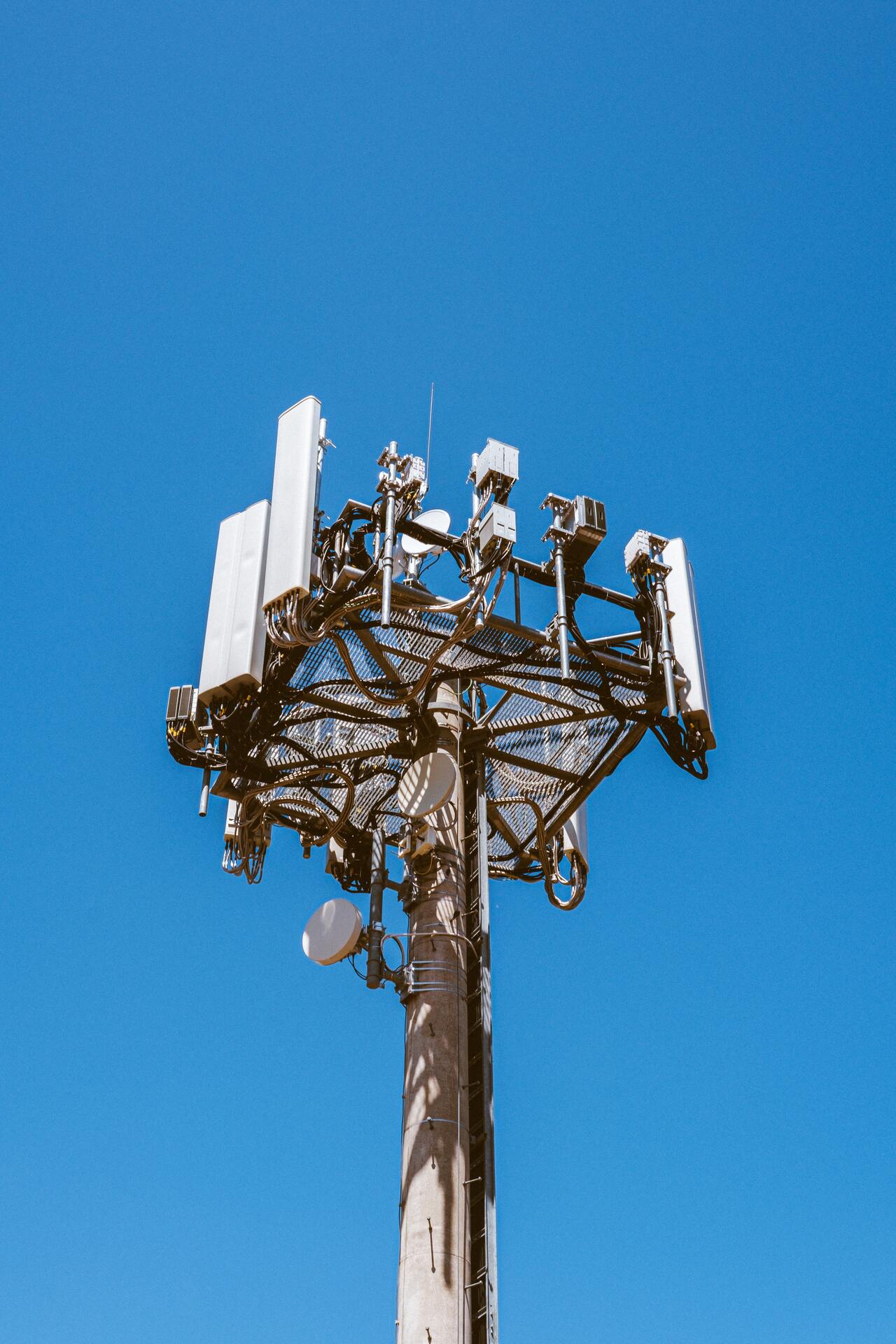Telecom and phone communications is an industry that is built on data. Data is not just there for monetising selling off, though, as there are many applications in which big data can be utilised to improve a telecom business.
In fact, it’s not just that the flow of data is rising due to the increased dependence on smartphones, but also the literal bandwidth provided from 5g, which is introducing new possibilities due to the low latency as well as delivering more data per second.
Digital transformation in telecom is an inevitability, of course, with cloud-based networks and zero-touch network architecture becoming increasingly preferred. Below is a summary of the different benefits that big data can bring to a telecom company.
Personalised Ads
Big data is important when offering a customer a new service or advert. The more we know about them, the more targeted and relevant the advert can be. For example, the data we may accumulate could be their behaviour patterns, previous spending, and previous usage. Based on this, we can offer future products to help lure them into more purchases.
In general, companies will often segment their customers into different categories. Value segmentation, behaviour segmentation, lifecycle segmentation, and migration segmentation.
One specific example of data-driven ads is for a user that spends a lot of time in Europe on weekends – they could be offered data packages for Europe as an add-on. The more targetted adverts are, the higher conversion they tend to have – which can then decrease the amount you spend on customer acquisition.
Customer Experience
Customer experience can be improved through big data because big data can help gauge the behaviour and satisfaction of customers over time. For example, big data could help accumulate all of the issues customers are having, and all of their complaints, to figure out which are common issues. From this, dedicated help pages can be created to help solve these issues, which can then be used by chatbots. Furthermore, data from feedback can also be assessed to help reinforce training purposes, identifying both strengths and weaknesses within customer service, delivery, and the product/service itself.
Real-time Analytics
Lots of data is required to run a successful telecommunications company, and real-time data helps react faster to customer situations among other things. For example, real-time usage heat maps can help improve data congestion – this is important data for a service provider to know, for example, as they can increase/decrease the range of the cell towers to help meet these demands. This real-time data can also be analysed and assessed for future usage too.
This real-time data can be achieved through a proxy, too. It may not directly be counting the number of cell phones it has picked up over the network, but instead how many people are currently using Snapchat in that area – and extrapolate this for a wider estimate.
These real-time analytics can also be used for future investments too. Understanding customer behaviour more can help build a stronger case for certain infrastructure proposals, for example, with more accurate projections around RoI, customer experience, traffic, and costs.

